” If your car or truck doesn’t operate at all, it’s clearly non-running. However, if your vehicle runs, but not effectively or safely, then it’s also considered “non-running” by most car shipment companies. Some car carriers may opt no to ship a non-running car, simply due to the difficulty. “
Read Time: 5 minutes.
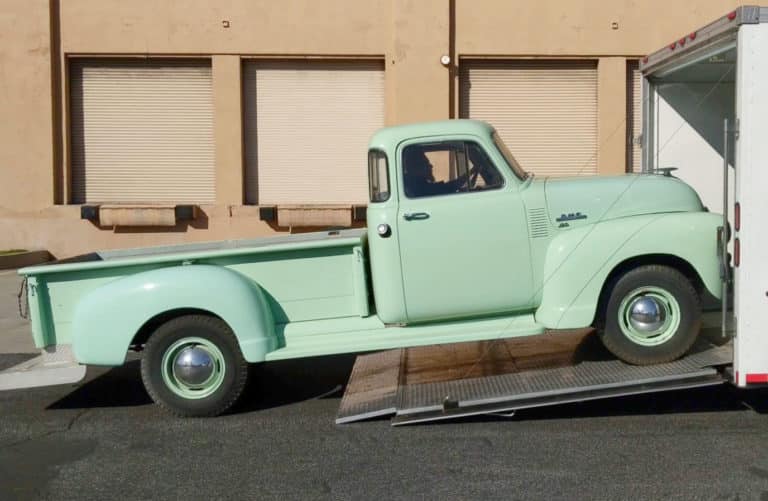
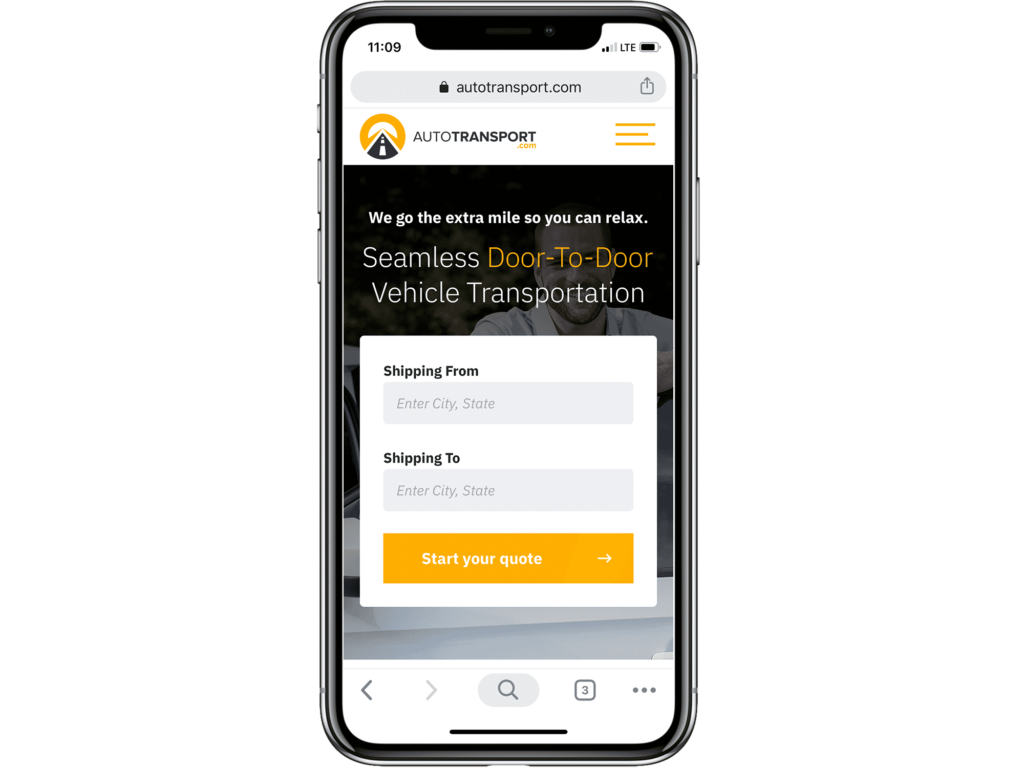
Most car shipments are fairly simple. Drive the car onto the trailer, secure it, and deliver the destination. However, if you have a car that doesn’t run, it makes the shipping process a little more tricky. How do you ship a car that doesn’t run? You’ll need a shipping company that understands how to safely load your car – and not just any car transport company will do.
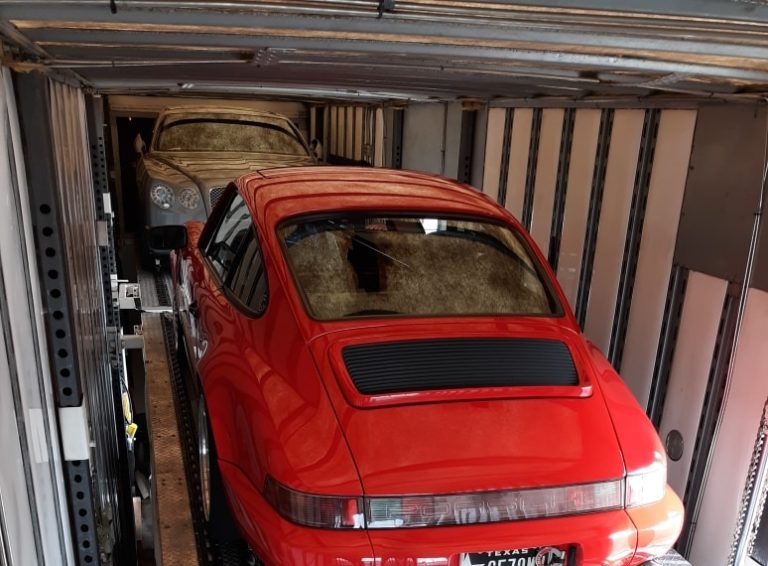
Most cars that don’t run should be shipped in a closed transport system. If you have a rare car or a classic piece, even if it’s in poor condition and you’re planning to restore it yourself, closed transport can not only help protect from the elements, it’s also safer for both your vehicle and other travelers on the road.
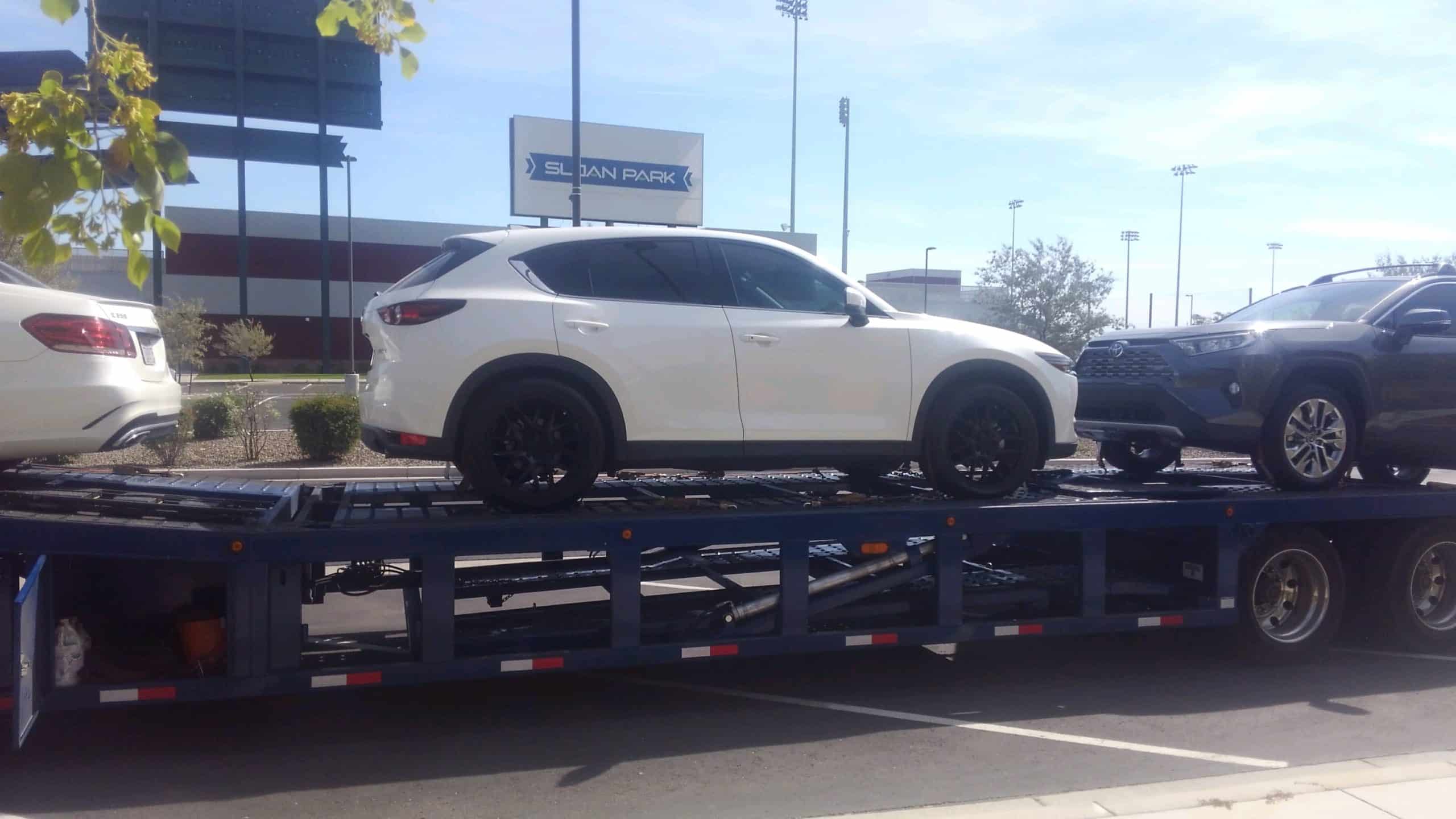
Enclosed Shipping starts by loading your car onto the enclosed carrier, typically by a liftgate. Your car carrier will determine the correct lift size and torque to safely lift the vehicle. Liftgates limit movement when loading items, which is essential to safely putting the car on the carrier. Low-clearance vehicles, especially, need these liftgates, to prevent damage to the car’s undercarriage and chassis. Unlike open shipping, closed shipping will protect your classic car from a variety of road and weather conditions.
Open Transport is uncovered transport, typically on a flatbed trailer or a “low boy” trailer. The car is usually loaded on the trailer using a winch, either a manual, or hand-cranked winch, or an electronic, notarized one. The car is pulled onto the carrier by an attached chain. Bear in mind, however, that because the car is on an open trailer, it may be subject to weather conditions and road elements.
If your car or truck doesn’t operate at all, it’s clearly non-running. However, if your vehicle runs, but not effectively or safely, then it’s also considered “non-running” by most car shipment companies. Some car carriers may opt no to ship a non-running car, simply due to the difficulty. However, Autotransport.com focuses on the difficult shipments that others may not. If you’ve recently purchased a classic car or a fixer-upper that doesn’t operate, you’ll need a car carrier that fits your needs.
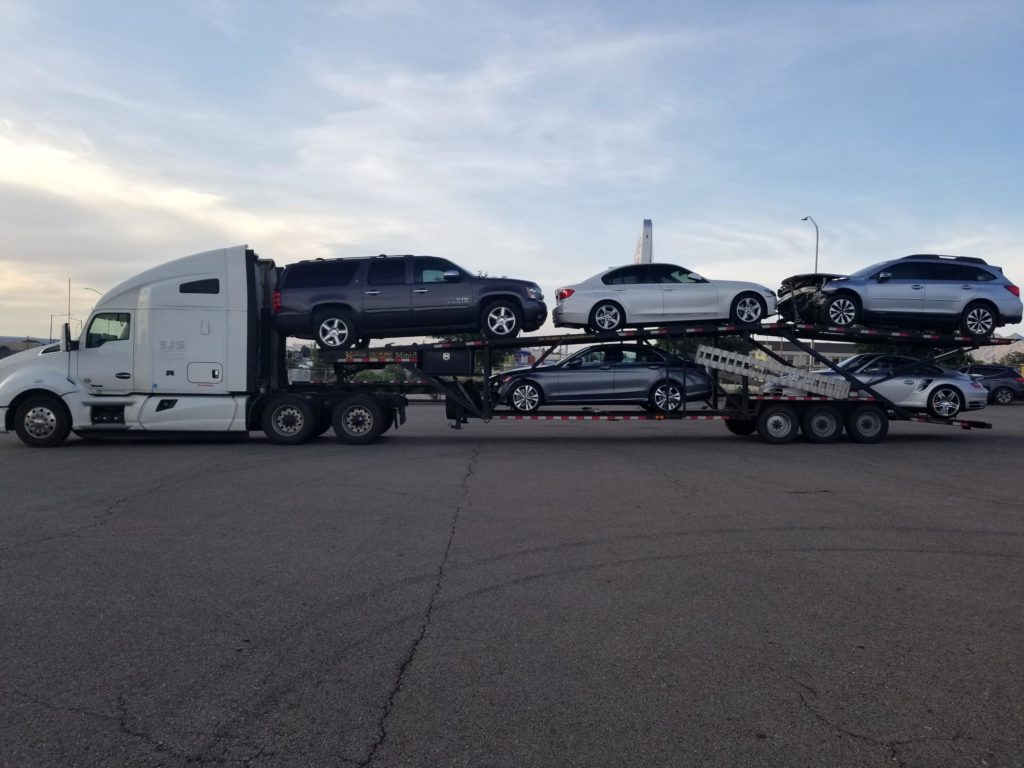
The car carrier will ask you what, exactly, is wrong with the car. This helps them safely load it and makes them aware of any risks during shipment. Does the car roll? Does it brake? Is it wrecked, or is it simply a flat tire or dead battery. Also, make sure to drain all fluids and remove your personal belongings from the vehicle.
Now, we hope you have the tools to choose the best auto transport company. Doing your homework on auto transport companies helps you have a good experience. At AutoTransport.com a logistics agent will answer any questions you may have. We will guide you through the transport process from quote to delivery. Licensed, bonded, and insured, we have a quality reputation. When choosing the right auto transport company, we hope you’ll consider us.
Natasha Post
Expert in all in things auto-transport. Natasha has been with the company for 3 years and is actively reaching new milestones for the company with her marketing team.